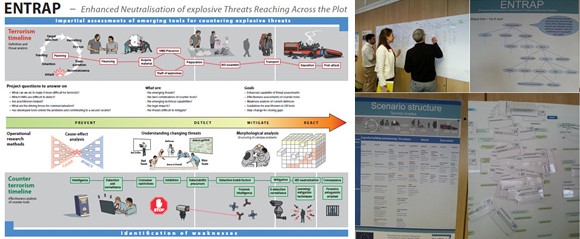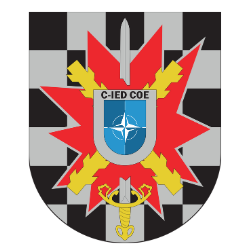 ENTRAP WS
ENTRAP WS
A research project funded by the European Commission under Horizon 2020 program has held its 2nd Annual Workshop on 20th- 21th February 2019 in St. Albans City (UK). The project is called Enhanced Neutralization of explosive Threats Reaching Across the Plot (ENTRAP). The ENTRAP consortium is formed by 16 participants (Law enforcement, governmental bodies, security agencies, academia, research laboratories) and is coordinated by the Swedish Defence Research Agency (FOI). The consortium includes 11 practitioners in counterterrorism, mainly supported by an advisory board of key entities whereof 18 Letter of Supports have been obtained. The C-IED COE is one of entities supporting this project. The 2nd Annual Workshop has been attended by 40 members from participant organizations and supporting entities (C-IED COE, INTERPOL, EU Ministries of Interior, FOI, TNO,..) forming the Stakeholders and Practitioners advisory Board (SPB) of the ENTRAP project. This Workshop has allowed validating works made by 11 ENTRAP working groups during last year. A broad structure called “Capability Hierarchy” has been created across all the plot timeline in 4 levels and regarding four main top capabilities: PREVENT, DETECT, REACT and MITIGATE (1st level). Each big capability has been split in 4 or 5 sub-capabilities (2nd level), these sub-capabilities in several dependent functions (3rd level) and finally, some counter terrorism (CT) tools (4th level) have been allocated for each function that could help to fulfill with CT ranging from intelligence, policing, legalization, financing, technology and forensics. Some CT tools as intelligence and Training and Education are overarching capabilities and other (as biometrics) can be applied to fulfill different functions (before or after attack) across the plot. It is a complex structure and more than 400 CT tools and European research projects on security have been analyzed during last year in order to populate this Capability Hierarchy using several scientist and operational research methods.
